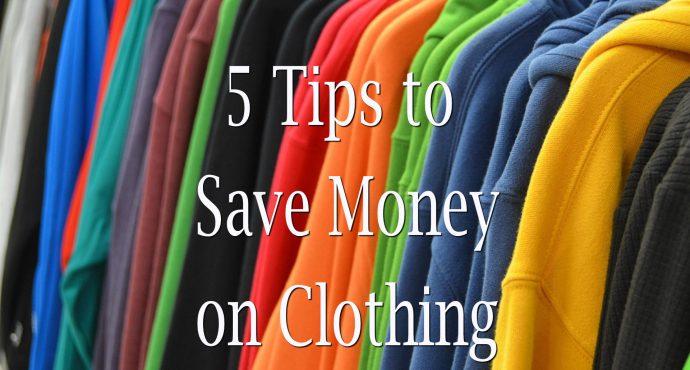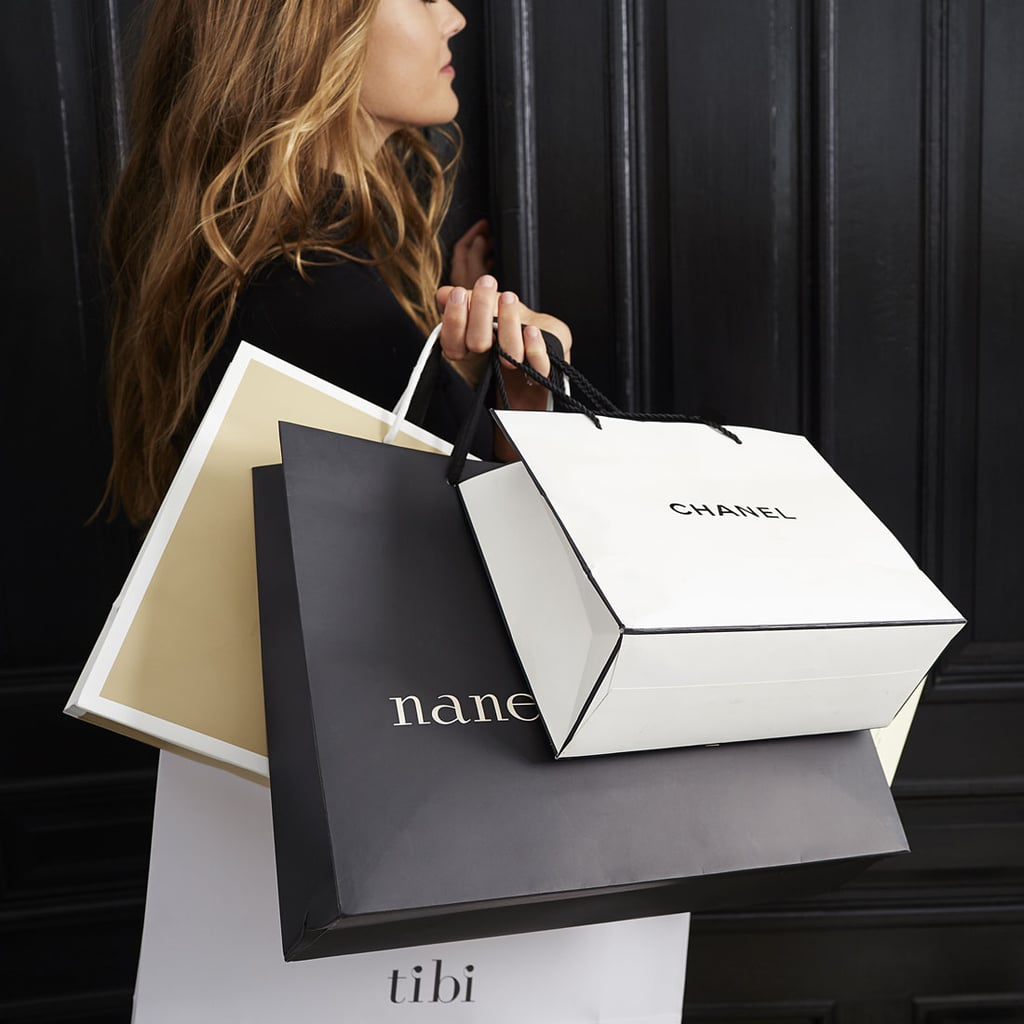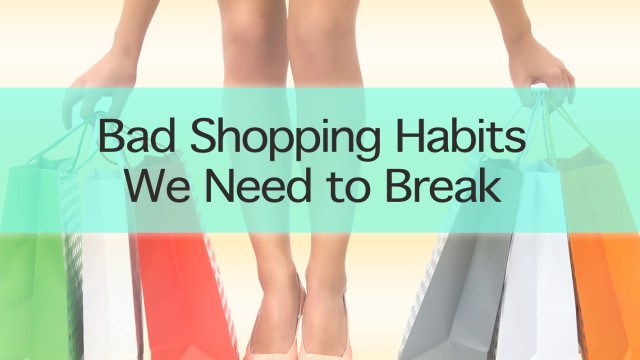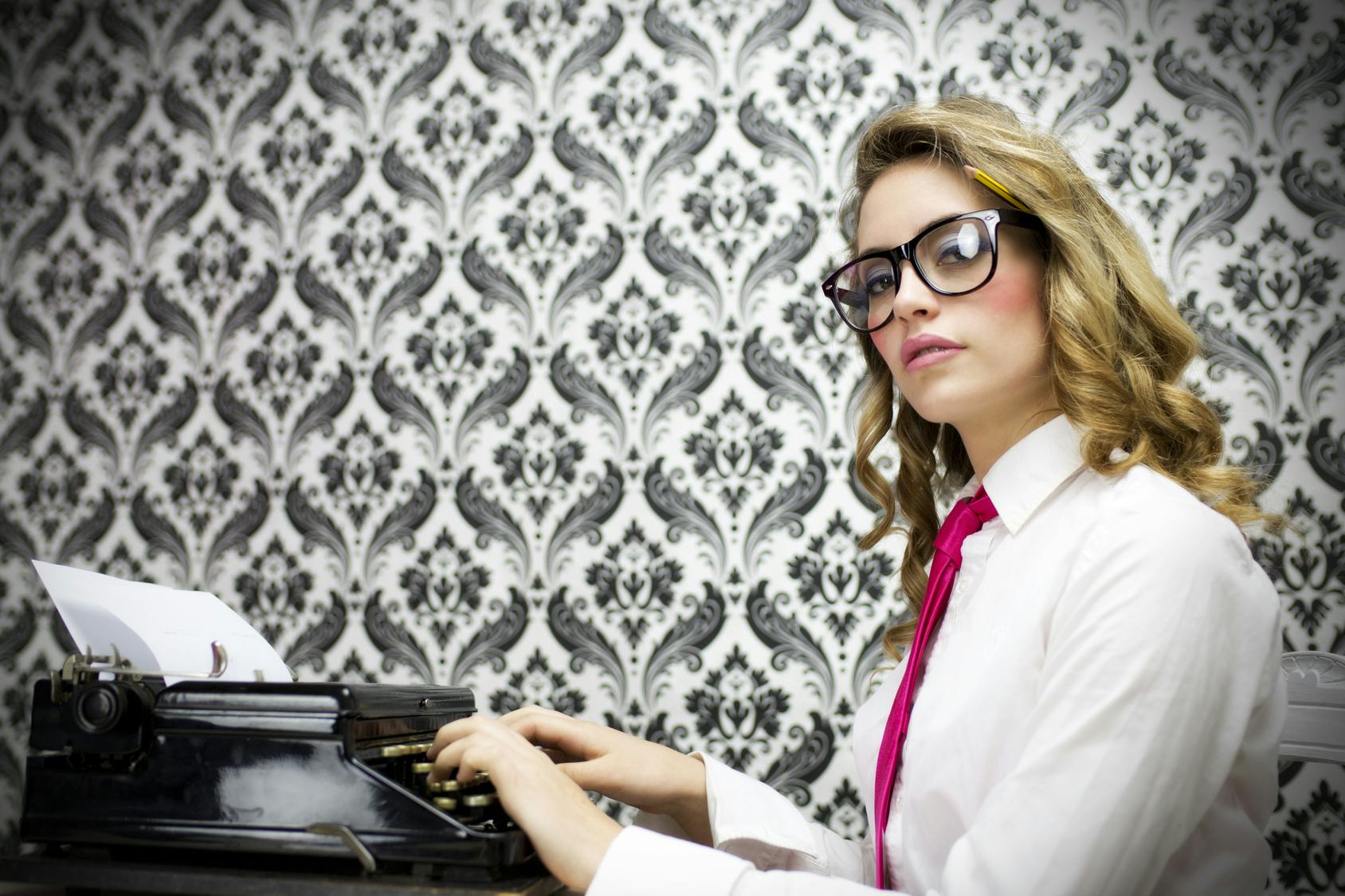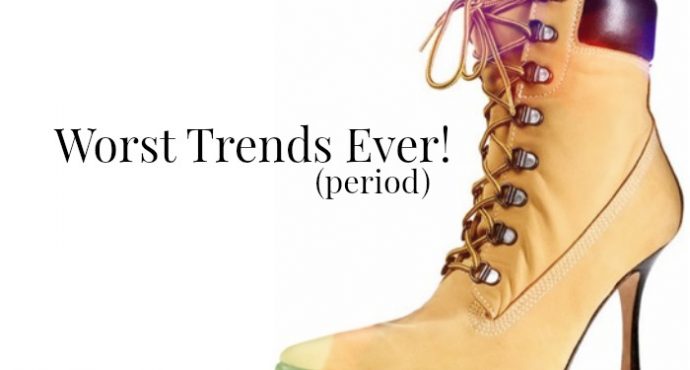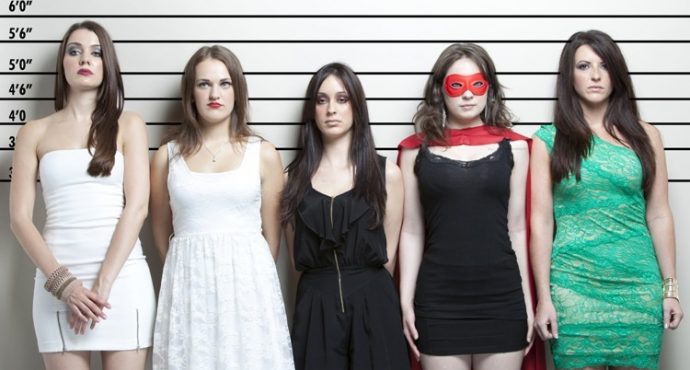“To me, clothing is a form of self-expression—there are hints about who you are in what you wear.”-Marc Jacobs
What really goes into choosing clothes?
How do we end up with the final ensemble we choose to garb ourselves in?
Well, more often than not what wear depends largely on the sort of occasion we dress ourselves for. Most of us take a little extra time and effort in making ourselves look good for special occasions and certain events. However, it has also been posited that our moods play a pivotal role in our choices in clothes. In fact, various studies have been conducted showcasing the different ways clothing color would affect our emotions and the way we think. It has also been acknowledged that the way we dress tend to affect how we are perceived by other people. But, science now suggests that how we choose our ensembles may be that one significant difference when it comes to giving ourselves that extra edge in our professional and personal lives—regardless of whether you are male or female. After all, the adage that says we should dress for the job we want and not the one we have does not actually stem from nowhere.
Most people might dismiss clothes as something negligible, and something overlooked, but as research has suggested, the impact of clothes does have a direct effect on behavior. Through extensive research, science has shown that something as simple and easily overlooked as clothes affect personality, confidence, attitudes, and behavior and even how you interact with others socially—even somewhat subtly. So, the next time you casually throw on some casual streetwear clothing, think of what you are trying to convey and know that what you choose to wear affects your choice of behavior. Here are the various ways clothes affect the way you think:
1.) Casual Clothing = Makes us friendlier
While sophisticated and chic clothing would command not only attention but also respect in the workplace, it comes with a consequence: It would make you seem unapproachable and unfriendly. If you want to socialize with your colleagues, wearing rigidly strict corporate wear is not the best way to do it. Furthermore, studies have shown that wearing formal clothing tends to make you stiffer and a lot less open. As a result, you would have a harder time in trying to relax. Meanwhile, casual clothing makes you friendlier and a lot more creative—meaning that a good balance between a corporate and relaxed dress code at the office would be incredibly beneficial.
2.) Power Suits=Dominance and Confidence
There is a reason why individuals who want to be perceived as successful always wear suits and a well-tailored jacket or blazer. In fact, most people would see the traditional suit as the typical uniform of a CEO, and this is because it is primarily associated with being “dressed for success”. As research has found, structured clothing and well-tailored clothing would actually put us in the right state of mind to conduct business. In a sense, wearing power clothing would also make us feel confident and would consequently make us abstract thinkers and better negotiators.
3.) Uniforms =Conscious diligence in performing job better
There is a reason why some offices and jobs would require their employees to wear uniforms to work. Typically, this is to foster and cultivate an environment of orderliness and organization as employees wearing uniform clothing tend to be less of an eyesore than those who came in choosing their work clothes. Subtly, however, this is because from a psychological standpoint, wearing any kind of clothing that is associated with a specific job or role tends to encourage us to emulate how the people wearing that particular uniform should behave. Wearing clothing associated with a particular profession or job would activate our expectations and knowledge of how those people should act and behave. An example of this is how people wearing their coats and uniforms would make them more meticulous and conscious about their duties. In a sense, this is because they know it is expected of them. Likewise, school children who have uniforms to wear tend to perform better as perhaps it made school work more valuable and real.
4.) Gym Clothes=Motivation to work out
Much like how you should dress for the job you want and not the one you have, you should also dress for the activity you want to do. Studies have shown that wearing gym clothes increases the likelihood of you actually exercising. It might be incredibly subtle, but the simple act of wearing working gear would actually prompt you into thinking you should make healthier choices and would serve as a reminder that you should exercise. So, if you feel unmotivated to exercise daily, wear your active wear or at least have them with you.
5.) Luxurious and Designer Clothes= Political Ideologies
It might seem far-fetched, but studies have shown that clothes would not only affect our perceived social status but would have a tendency to modify our political attitudes and views. As an example, a study that asked women to carry a Prada handbag tend to identify with more conservative and capitalist values as opposed to those who have been invited to carry a generic one non-designer and non-luxury one. Furthermore, it has been shown that these ladies were less likely to help others in general unless it improved their status. In conclusion, researchers believe that people have an unconscious but uncanny ability to act in such a way that is consistent with their look. From this ideology, it can be safely assumed that if we do dress for the role, we will inevitably start to live it.
6.) Lingerie =Exude confidence and sexiness
For the most part, underwear is mostly hidden and as a consequence should bear no significance on the impact of our clothes on our moods and line of thinking. Contrary to that, however, studies have shown that something that rarely sees the light of the day can actually affect the way we feel about ourselves. Clothes that are concealed under a layer of clothes such as socks and underwear influence our confidence levels and self-perception. The simple act of wearing something sexy would make us feel more confident, self-assured and powerful. So, if you need an extra boost of confidence for that job interview, consider wearing sexy lingerie underneath the smart and corporate ensemble.
As shown in the article above, clothes are not merely sartorial garments in which we garb, clothe and cover ourselves. But rather, they transcend their necessary purpose by being an avenue not only for self-expression but psychological processes as well. Seeing as different characteristics are ascribed to different clothes, it would then be wise to be a lot more selective and discerning when it comes to what we wear. After all, not only does it affect how we are perceived, but how we think as well.



